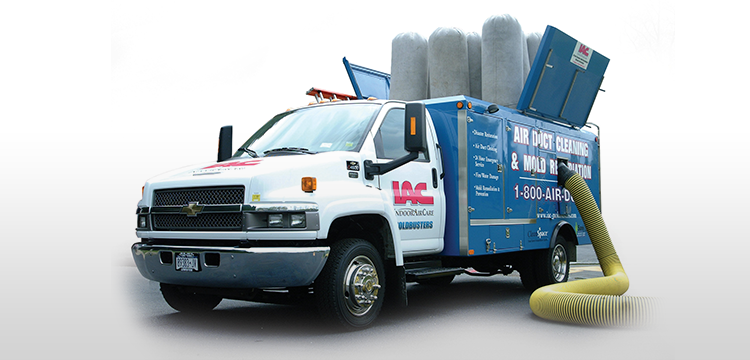Mold-Proof your Basement
An unfinished basement is often wasted. People may leave it empty or use it to store junk. A recent study by the National Association of Realtors has revealed that remodeled basement can bring in almost 76 percent return on investment. When you remodel your basement, you expect to gain additional space for work and play. You may plan to use it as a living room, family room, theater, playroom or the gym. You may also consider saving energy during summer by spending time in the relatively cool basement. However, unwanted mold infestation can turn your dream of having a perfect place into a nightmare.
Why Does Mold Grow in the Basement?
Mold is a type of non-fastidious fungus. It does not have complex nutritional or environmental requirements. The mold spores floating around your house and in the surrounding environment may settle in the basement. A little moisture along with some dead organic material are ideal for the growth and multiplication of mold, and your basement may provide plenty of both. Common organic materials found in the basement include drywall; fabrics such as upholstery and draperies; cardboard boxes; particle board products; wooden furniture and closets; and crawl spaces.
You should also remember that the basement is not like rooms upstairs. It is a box-shaped structure made up of porous concrete or concrete blocks. It may also contain uneven layered stones, and the entire structure is buried in wet dirt. Your builder digs a large hole in the ground to lay the foundation for the basement walls. The size of the hole is usually bigger than that of the basement itself. Once the basement construction is over, the additional space around the walls is filled with dirt again. This dirt is not as hard-packed as the unexcavated soil. Heavy rains, melting snow, clogged gutters, improper grading or landscaping, and a leaky garden hose can lead to the accumulation of water in the soil around the basement foundation. Hydrostatic pressure pushes this water into the basement through the cracks and spaces between walls and slabs. The basement is prone to flooding and plumbing accidents as well. Leaky toilets or running faucets in the upper floor can also bring the water down into the basement.
Remodeling your basement with wood panels and floor boards can add to the problem. They can offer additional breeding grounds for the mold to thrive. A poorly ventilated shower can also provide moisture. The mold in your basement may not be apparent as the moisture may seep behind the wooden panels and under the floor boards. The mold may grow in these hidden areas and cause serious damage to your house and health.
How to Do It Right?
Drywall is a popular material used for basement construction. It has, however, contributed to several environmental problems in recent times. It makes up about 25 percent of weight of all the debris from construction and remodeling. When you dump the drywall in the landfills, it will begin to decompose in the presence of moisture. It releases unhealthy chemicals into the water table during the process. It also releases a gas known as hydrogen sulfide into the atmosphere which spreads a characteristic rotten egg smell into the surrounding areas. These changes are not limited to the landfills. The drywall in your basement can undergo similar changes when exposed to moisture. It will soak up the water and promote the growth of mold. Even the mold-resistant drywall comes with only a three-month warranty against mold growth.
Fiberglass is another popular choice. However, the Environmental Protection Agency has warned against its use as it can cause air pollution. When processed, it can also release spent solvents and hazardous wastes into the atmosphere. Both the adhesives and the resins in the fiberglass have been held responsible for this environmental menace. Fiberglass in the basements can also soak up moisture. The water can combine with the organic urea found in the adhesives to promote mold growth. Excessive moisture can also cause the fiberglass to fall apart.
The key is to build your basement with 100 percent water-resistant materials. The materials should be completely inorganic as well. Insulating the basement can help save you between $250 and $400 per year. It is, however, important to use the right material. Rigid board foam insulation is highly recommended as it insulates the room without absorbing moisture.
Mold-proofing your basement during remodeling is essential to create an overall feeling of health and well-being. It can also help you save thousands of dollars in repairs and medical bills at a later stage.

